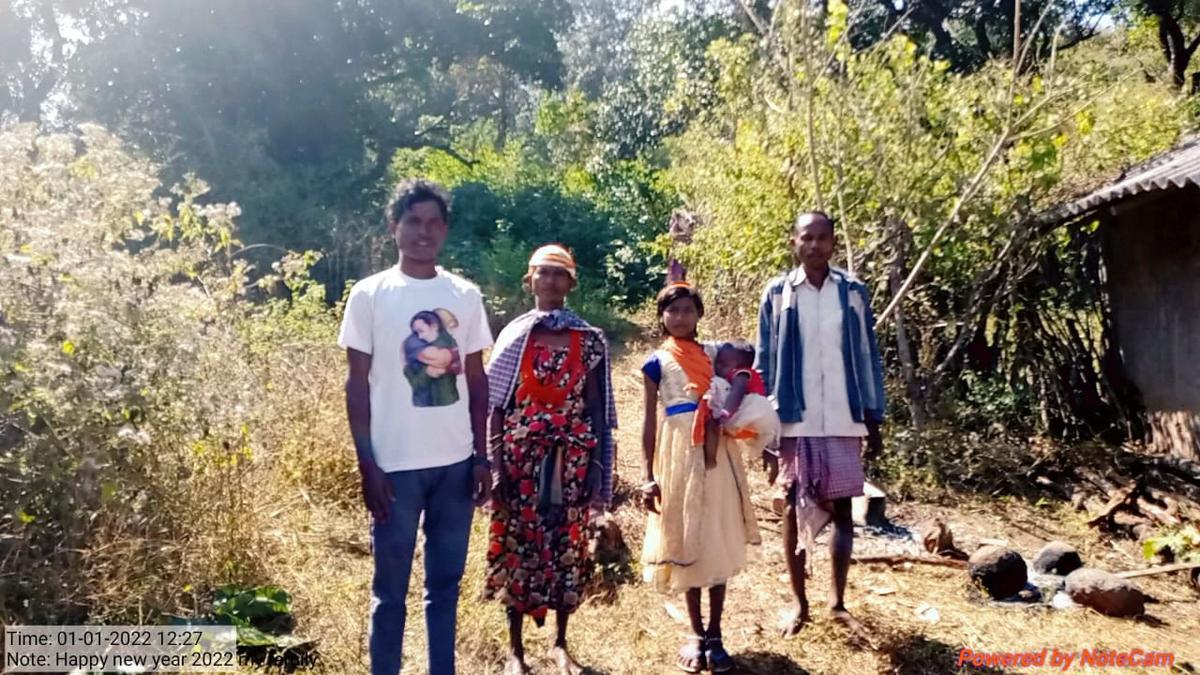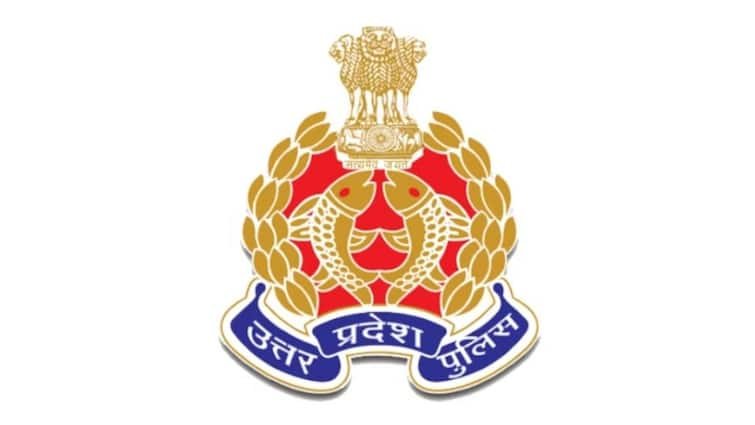Mangala Muduli, a 19-year-old Bonda tribe student, has undertaken the 420-kilometer journey from his Badbel village in Eastern Ghats in Odisha’s Malkangiri district to study medicine at MKCG Medical College in Berhampur. The journey represents not just a physical distance but a monumental generational leap.
After cracking this year’s National Eligibility-cum-Entrance Test (NEET), Mangala is set to become the first member of Bonda, a particularly vulnerable tribal group and one of the oldest tribes of India, which a couple of decades ago was living in isolation and had little interaction with the outside world.
As he rushed through the final preparations for his much awaited admission into the MBBS programme scheduled on August 30, Mangala pondered how challenging it had been to see his dreams come true, given the disadvantaged position he had started from.
“I along with my siblings was first generation learner from the family which relies on food sourced from forest and other minor forest produces. I never imagined that I could earn a livelihood through education, and neither did most of the Bondas. While some members of our tribe have ventured into other cities, no one had ever set foot on a medical college campus to study,” he said.

Mangala Muduli along with his family members.
| Photo Credit:
Special Arrangement
One of four brothers and sisters, Mangala started his studies at the Government-run Mudulipada Residential School. Now that a new road has been laid between Mudulipada and his village, Badbel, most of the time he would trek the five-kilometer distance between school and his village.
After achieving a 50% score in his matriculation examination, he enrolled in Standard XI at a school 25 kilometers away from his village—an accomplishment in itself, given that many from his tribe drop out after completing 10th grade. His elder brother had dropped out and migrated to Andhra Pradesh in search of work.
His science teacher, Utkal Keshari Das, recognised his potential and became a guiding force in his life. Mr. Das mentored him through his studies, eventually getting him admitted to a coaching centre in Balasore, a coastal district. He had even arranged a stay for Mangala at his ancestral home, giving wings to his dreams. The Bonda student used to cycle 8 km daily to prepare for NEET. He secured 348 marks and got a rank of 261 among tribal reserved seats.
“This path from the secluded tribal community to the corridors of medical education signifies not only his personal achievement but also a historic moment for his fellow tribes, marking a new chapter in collective history of Bondas,” said his teacher Mr. Das.
About 12,000 Bondas live in 33 habitations under administrative jurisdiction of four gram panchayats in Malkangiri. They speak Munda dialect – an Austro-Asiatic language. The literacy among Bondas has not crossed 40%.
According to Scheduled Caste and Scheduled Tribes Research and Training Institute, Odisha, “Bondas unique style of personal appearances differentiates them from rest of the world. Bonda men wear a narrow strip of loincloth. It is the women’s attire that is so remarkable. A taboo backed by legends prevents them from covering their upper bodies. They make up this deficiency by wearing heavy necklaces of beads and brass. The only short strip of loincloth women use is called Nadi.”
Of late, there has been remarkable improvement in their traditional clothing. They have started wearing normal cloths like others in the modern world.







